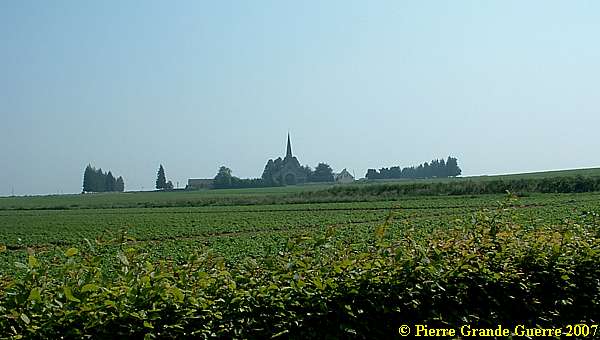SOMME FRENCH Sector - Rancourt Deutscher Soldatenfriedhof
Year of visit: 2007

We continue southward on the other side of the RN 17, west of it, along the narrow road D 20 westward, to the German War Cemetery of Rancourt.
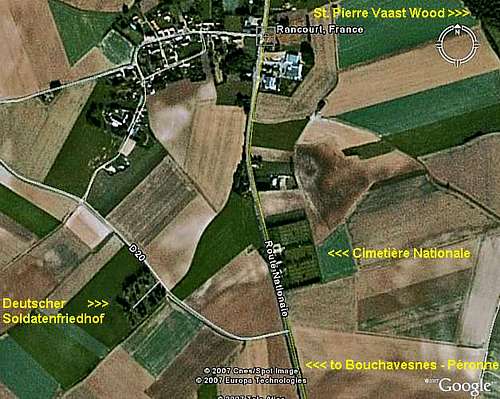
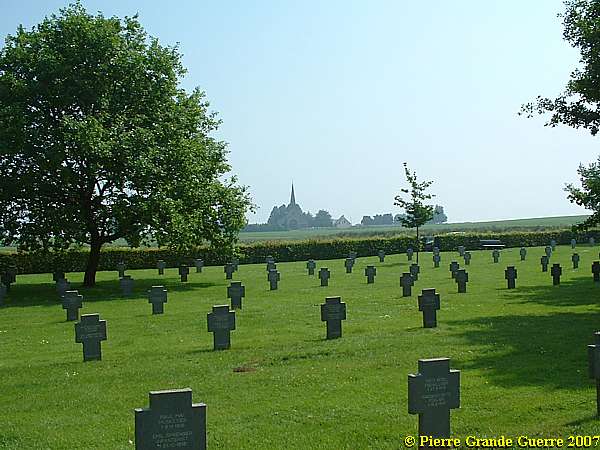
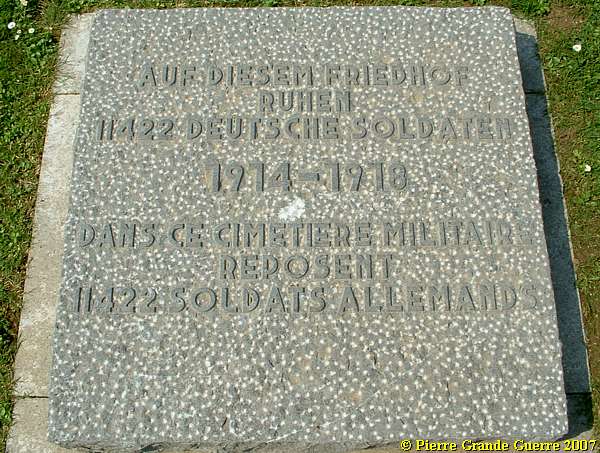
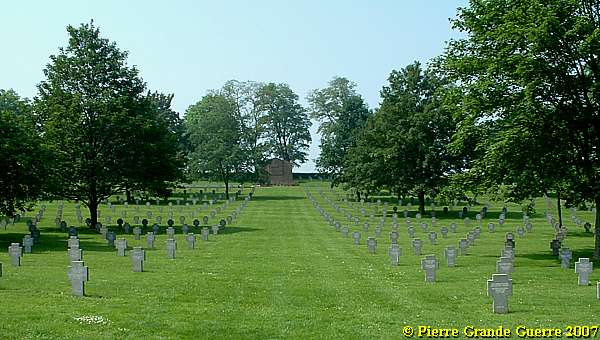
As always the German cemetery here is without flowers.
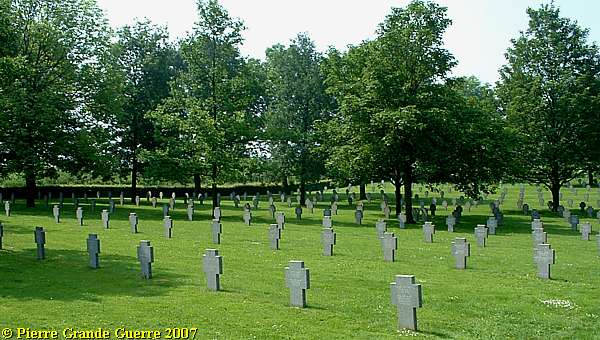
Most soldiers buried here, have fallen some few hundred meters from here to the east.
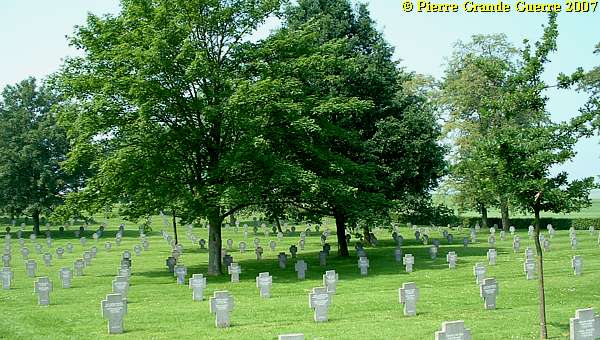
There is also a modest and almost empty Memorial Chapel overseeing the Cemetery.
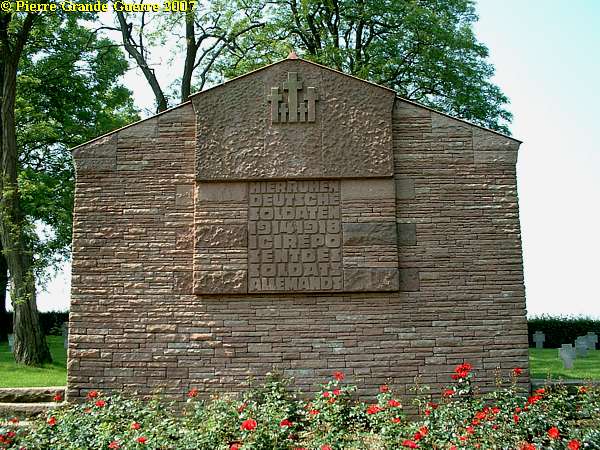
At its feet 18 bronze plaques with lists of names above a mass grave of the human remains of 7,492 soldiers.

This sector of the front has been in battles for 3 times, in 1914, in 1916, and in 1918. The names, ranks, and dates of decease of the soldiers are from all periods of these battles.
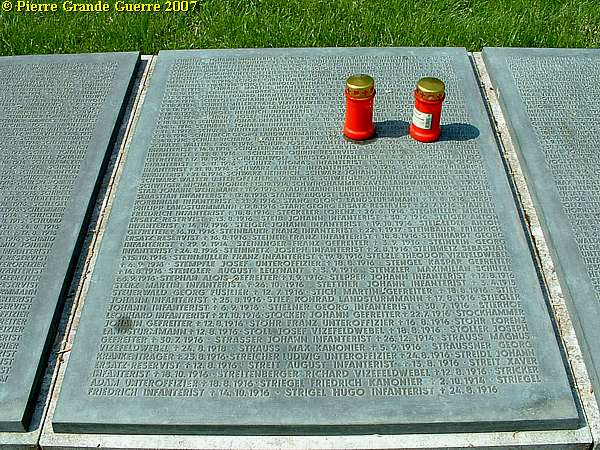
View to the north.
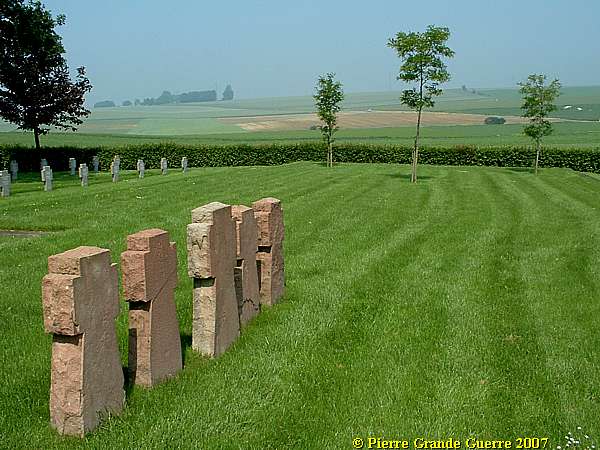
View eastward from the Memorial Chapel over the cemetery.
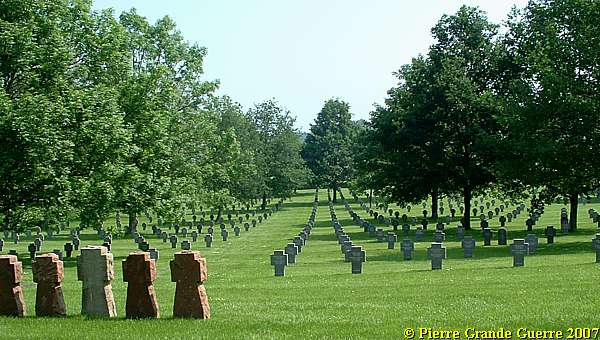
Grave of a Sergeant and a Corporal (Gefreiter), fallen in different periods.
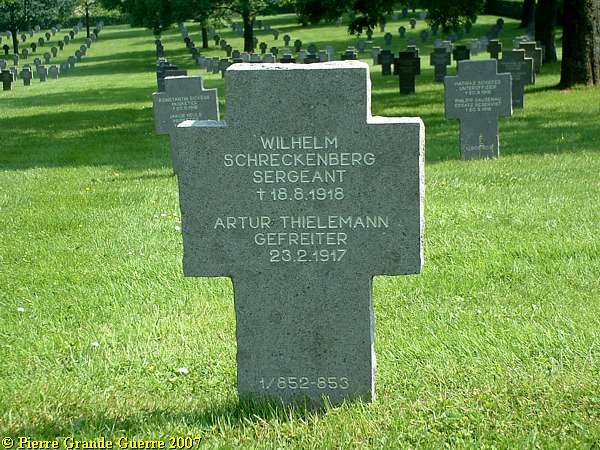
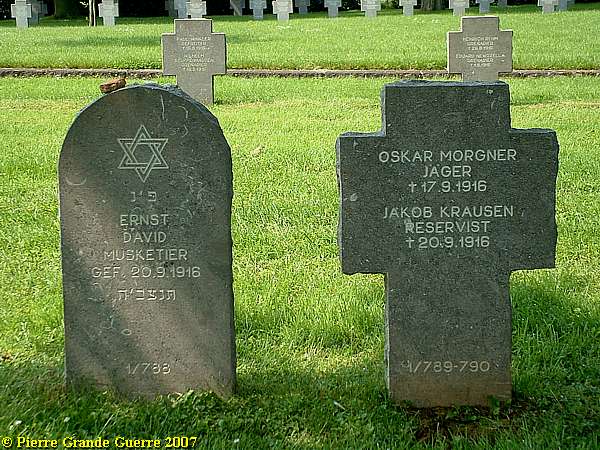
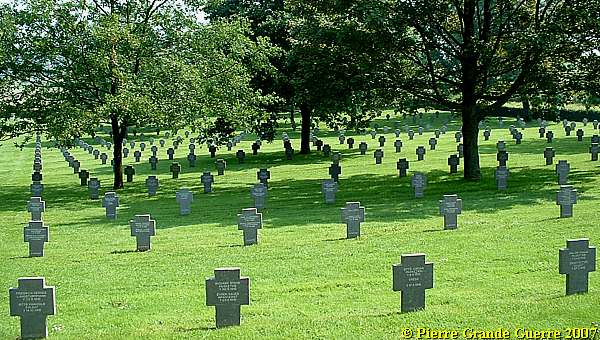
Rather remarkable! This Vizefeldwebel (Staff Sergeant) shares his grave with a woman. The appearance of a woman's name on a war grave is very exceptional. There is no date under her name, perhaps also September 1916? Some of my aquaintances and I have researched Miss M. Leutfer for some years, but still without results.

I presume, Miss M. Leutfer was working as a nurse, ...
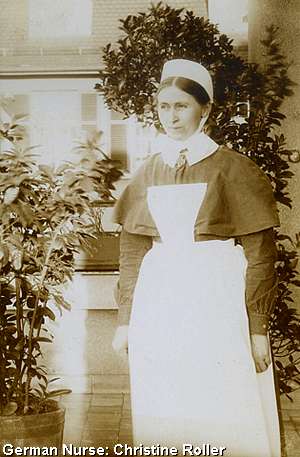
... like Christine Roller did on the German side of the front.
Along the edge of rows and columns of graves some stone plaques covering the graves of soldiers, ....
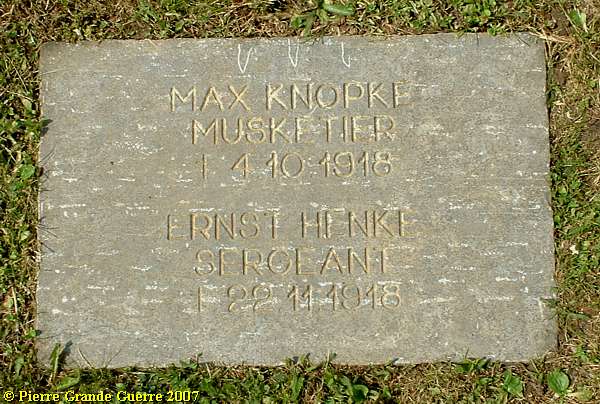
... fallen during the Allied counter-offensive in 1918.
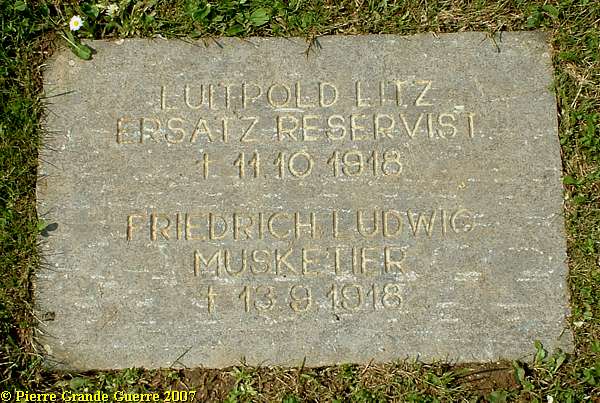
View from the cemetery to the village of Rancourt.
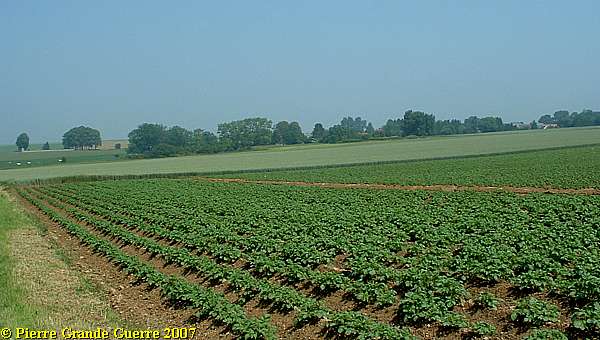
A last view over the fields to the Chapel of the Cimetière Nationale of Rancourt.
